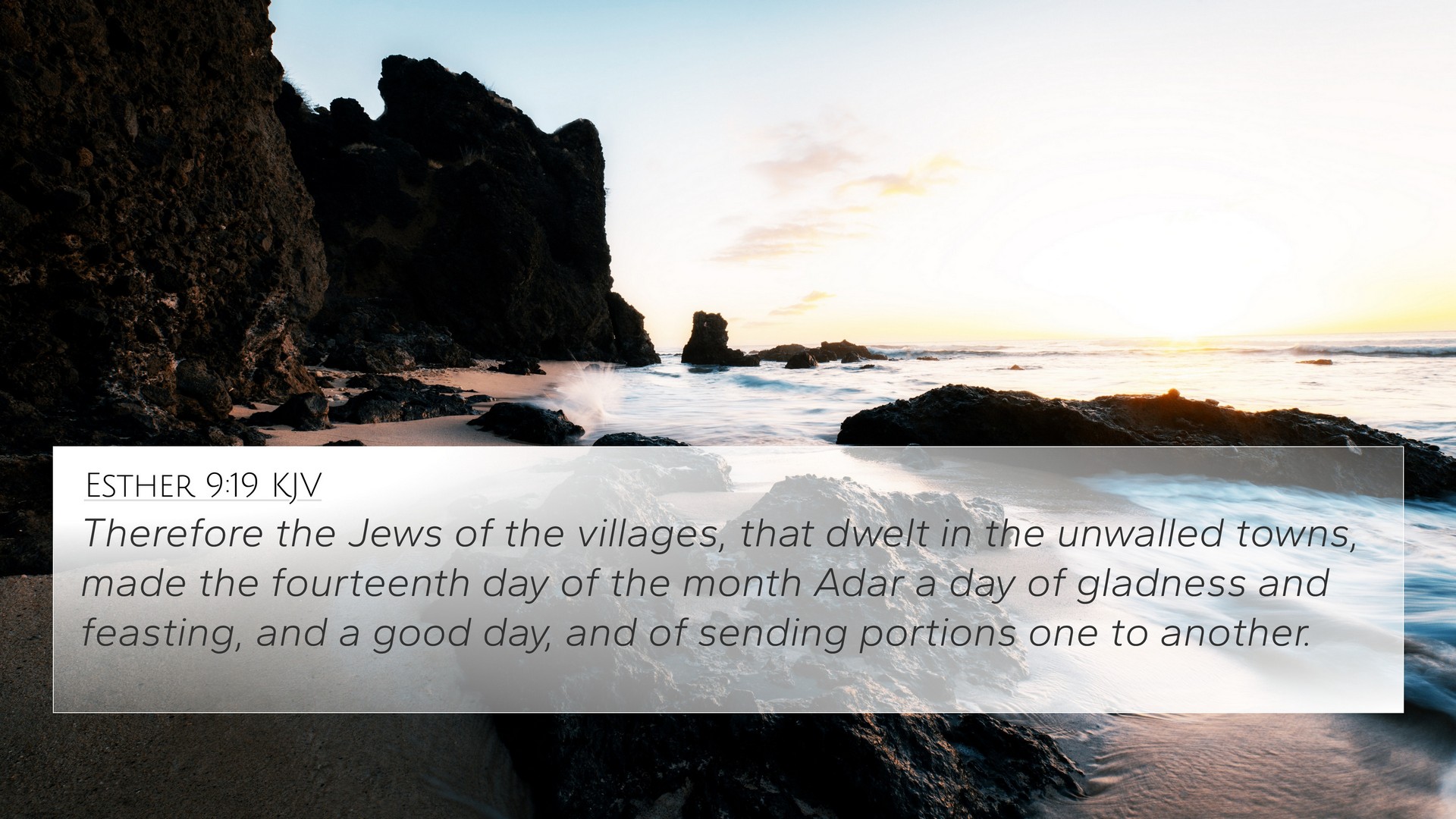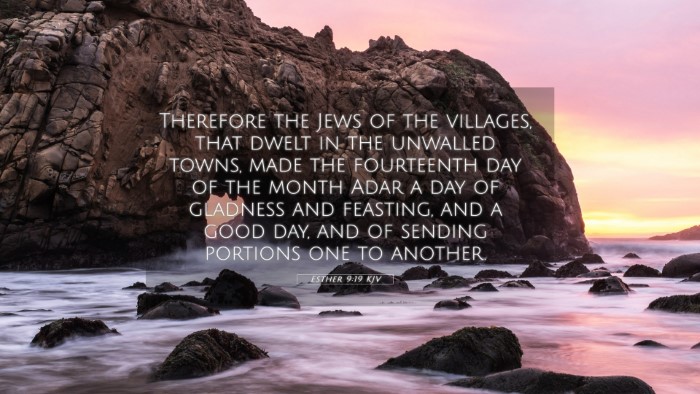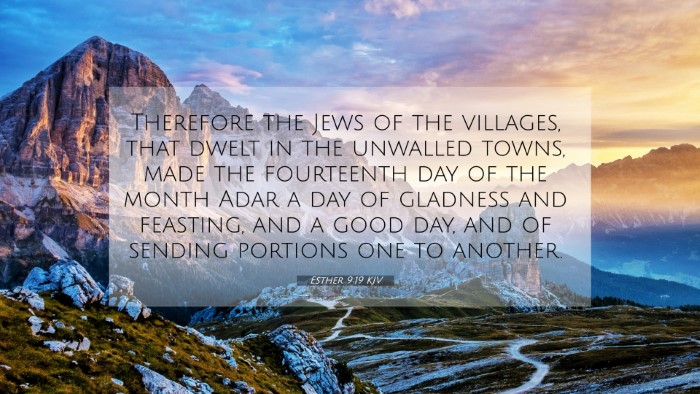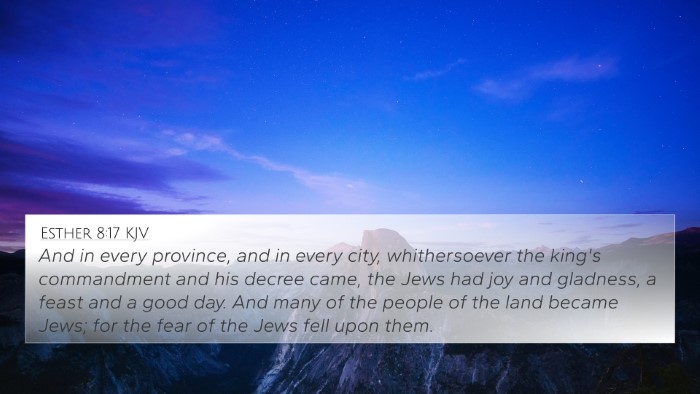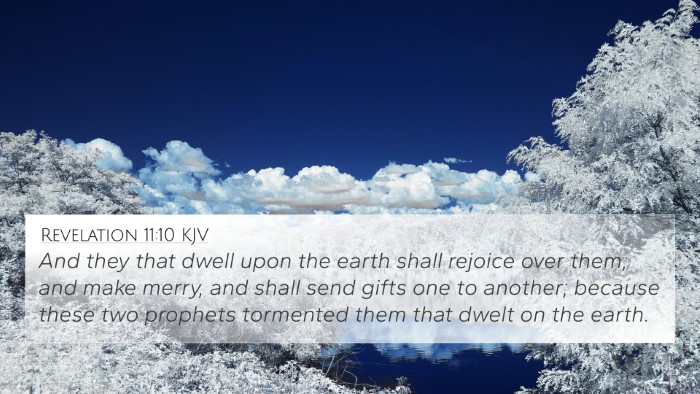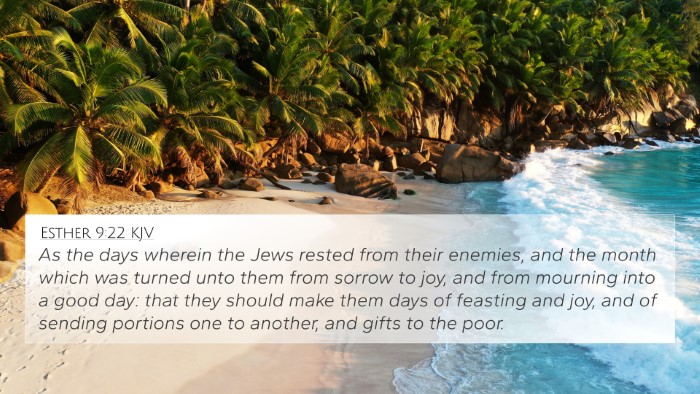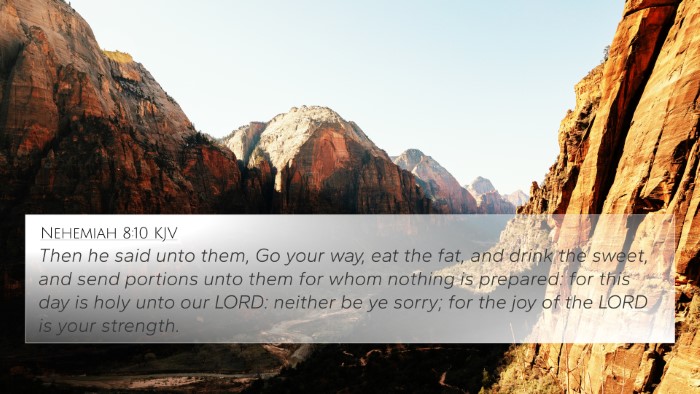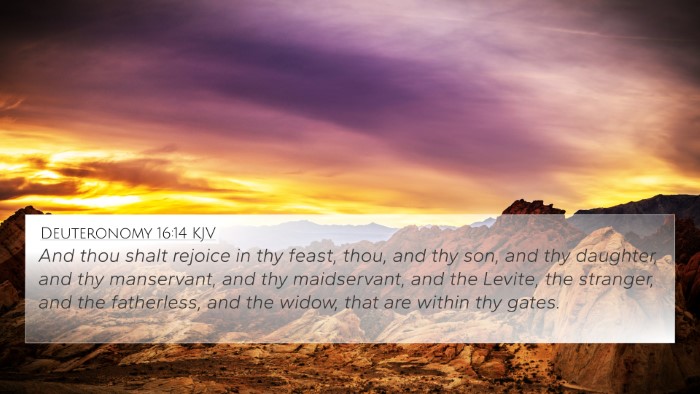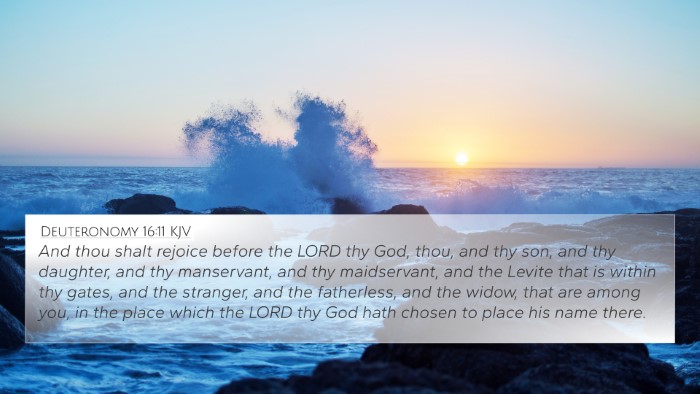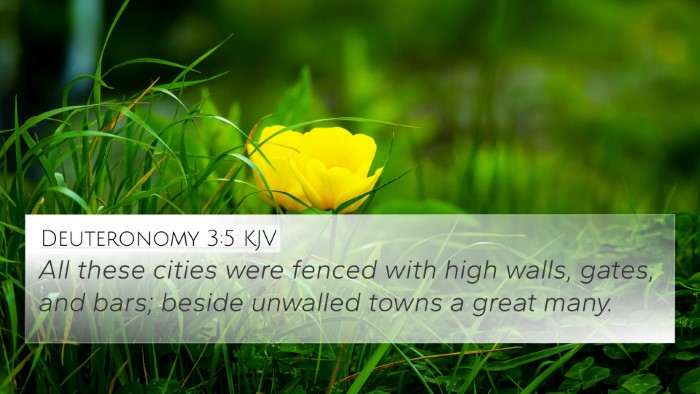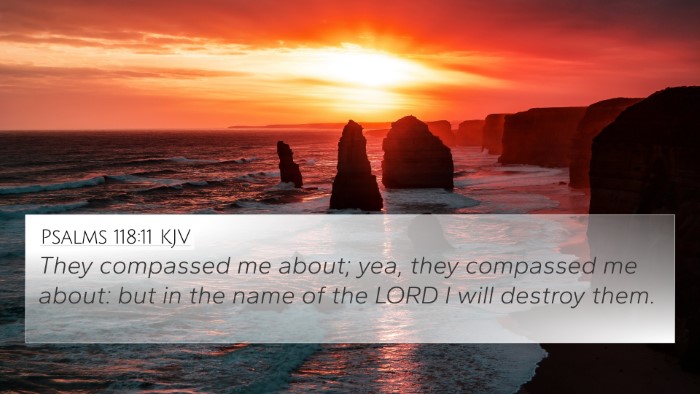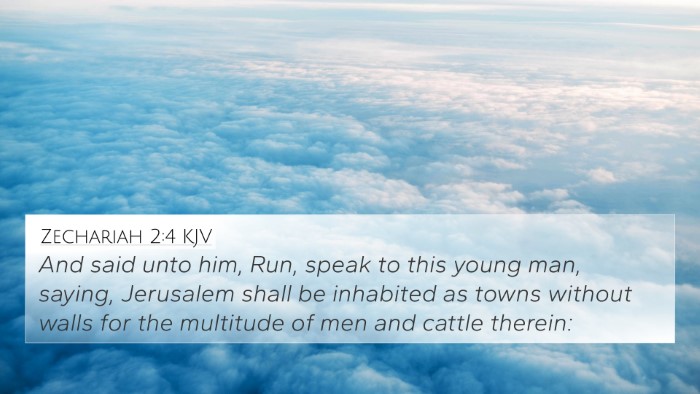Understanding Esther 9:19
Esther 9:19 states:
"Therefore the Jews of the villages, that dwelt in the unwalled towns, made the fourteenth day of the month Adar a day of gladness and feasting, and a good day, and of sending portions one to another."
Meaning and Interpretation
This verse, part of the conclusion of the Book of Esther, captures a significant moment of joy and celebration for the Jewish people. The events described relate to their deliverance from imminent destruction and the establishment of a feast, which is now known as Purim.
Historical Context
Esther 9:19 underlines the aftermath of a pivotal victory for the Jews over their adversaries, as instigated by the edict of Haman and countered by Queen Esther and Mordecai. This victory is celebrated annually, establishing a profound cultural and religious significance.
Insights from Matthew Henry
Matthew Henry emphasizes the communal joy expressed in this verse. He notes that the celebration extended beyond individual families, fostering unity among the Jewish people. This observance acts as a reminder of their deliverance and serves as a testament to God’s providential care.
Insights from Adam Clarke
Adam Clarke discusses the importance of the 'unwalled towns' mentioned in the verse. He suggests that the emphasis on these towns signifies the rightful joy of the Jewish people, who, despite being vulnerable by living without fortified defenses, found strength and safety in their collective faith. The giving of portions to one another symbolizes generosity and community spirit.
Insights from Albert Barnes
Albert Barnes points out that the joy of the Jewish people was not only a reaction to their salvation but a proactive coming together to affirm their identity and heritage. The day of gladness became a moment for reflection on their deliverance and a celebration of their unity.
Bible Verse Cross-References
- Esther 9:22: Discusses the joy and feasting among the Jews during Purim.
- Exodus 12:14: Establishes the significance of commemorating deliverance, similar to Passover.
- Psalm 126:3: Reflects on the joy of the Lord's deliverance, akin to the celebration in Esther.
- Nehemiah 8:10: Encourages rejoicing in the Lord's goodness; connects communal joy.
- Esther 9:1: Chronicles the turning of events leading to the Jews’ triumph.
- Isaiah 61:3: Talks about the joy and the spirit of praise, aligning with Purim’s themes of victory.
- Acts 2:44-47: Describes early Christians sharing and communal feasting, reflecting unity.
Thematic Bible Verse Connections
The themes of community, joy, and deliverance found in Esther 9:19 relate to broader Biblical concepts of God's faithfulness and communal worship. Cross-referencing these verses offers deeper insight into how celebration and remembrance are crucial in the believer's life.
Tools for Bible Cross-Referencing
Utilizing a Bible cross-reference guide can enhance understanding of connections in scripture:
- Bible concordances can aid in finding related verses.
- Utilize thematic studies to explore connections between different Biblical texts.
- Engage in cross-referencing Bible study methods to fully grasp the narrative connections.
Conclusion
In conclusion, Esther 9:19 serves as a powerful reminder of communal joy and God's deliverance. Through cross-references and insights from renowned biblical commentators, one can appreciate the interconnectedness of scripture and the significance of celebrating God's faithfulness throughout history.
